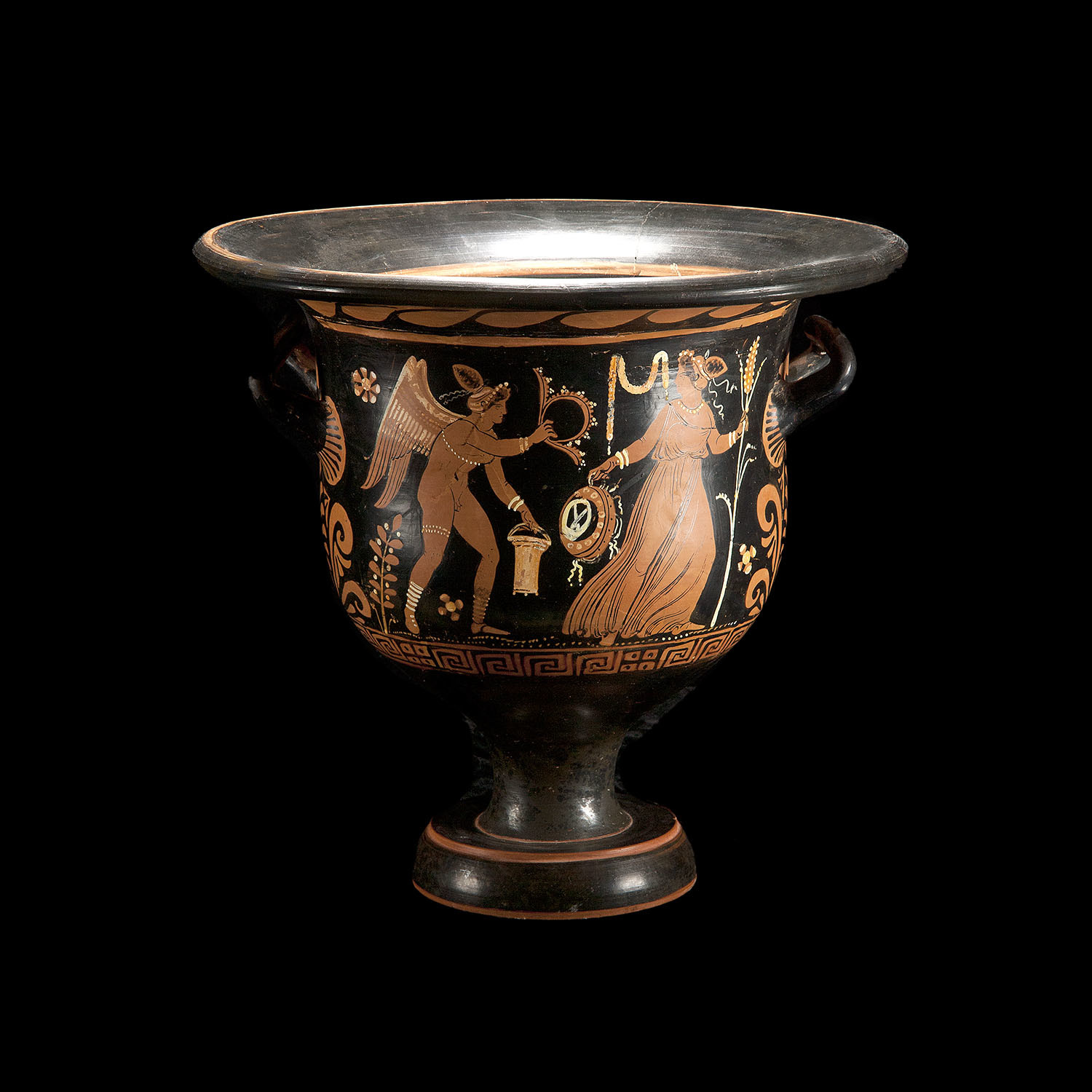- Aug 14, 2024
- 1,472
- 495
- Thread starter
- #41
The Abomination of Desolation was the Roman Army, I believe, who was described as being "set up at the temple" (Dan 9.27) or "standing where it does not belong" (Mark 13.14) or being an "army surrounding Jerusalem" (Luke 21.20). And it would take place *in the generation of Christ* {Luke 21.32), which had to be 70 AD at the latest.“Therefore when you see the abomination of desolation,’ spoken of by Daniel the prophet, standing in the holy place” (whoever reads, let him understand)…
For then there will be great tribulation, such as has not been since the beginning of the world until this time, no, nor ever shall be. Matthew 24:15,21
How can they see the abomination of desolation standing in the holy place unless there is a New Temple constructed that has an:
Dan 9.27 And at the temple he will set up an abomination that causes desolation
Mark 13.14 “When you see ‘the abomination that causes desolation’ standing where it does not belong"
Luke 21.20 “When you see Jerusalem being surrounded by armies... 32 “Truly I tell you, this generation will certainly not pass away until all these things have happened.
It's quite simple to see how the vast majority of the Church Fathers saw this AoD as something concerned with the Roman army's seige of Jerusalem in 66-70 AD. It was an *army,* it was *set up* around the walls of Jerusalem--a holy territory, and it was an abominable pagan force standing around Jerusalem where *it did not belong.*
Pretty easy. Jesus was specific in Luke's version by stating it was an "army surrounding Jerusalem" in the very place where Mark and Matthew called it the "Abomination of Desolation." The "bookends" in this part of Jesus' Discourse were 1) standing firm and 2) fleeing to the mountains. In between these bookends were either the "Abomination of Desolation" or an "army surrounding Jerusalem."
So we know that the synoptic Gospels saw the AoD as the army surrounding Jerusalem. Jesus clearly said both things in the same place in the Discourse, which was a kind of redundancy directing the reader back to Dan 9.
Cleary, all 3 synoptic Gospels took Jesus' statement as lifted directly from Daniel's statement in Dan 9 that it was an army, the "people of the ruler to come" who would desolate "the city and the sanctuary" immediately after Messiah was cut off. Again, pretty easy, unless as a Futurist you want *everything* to be about the future and the Antichrist?
You would have to turn this Discourse aimed at the future of Israel and make it not about Israel specifically, but more about the universal Church, which had scaracely come into view yet. And you would have to unchain from the Discourse Jesus' statement that "all these things will take place in this generation."
The Roman army took up their seige at the "Holy Place," which generically referred to surrounding the walls of the Holy City, Jerusalem. This was not a reference to the Holy Place inside the Temple, because this was an unusual use of the term, applying not to the Temple's component parts, but more, to the entire Temple structure and its municipal location, all of which was to be decimated.Outer Court
Holy Place
Holy of Holies
There is a major reason Christians have gotten this confused in the past. One, the term "Abomination of Desolation" was also used by Daniel in reference to Antiochus 4. And his acts of sacrilege involved committing sacrilege in the temple, and not just murdering a lot of Jews with an army.
The sacrilege committed by the Roman Army was in penetrating the gates of the city in order to destroy the Temple entirely. Confusing these different kinds of acts of sacrilege and sabatage were different, and not easily understood.




